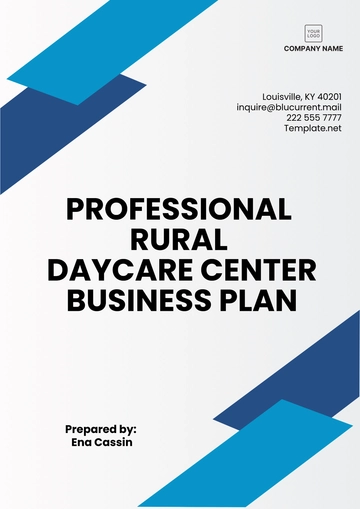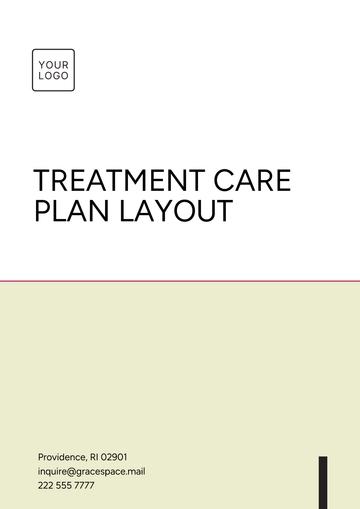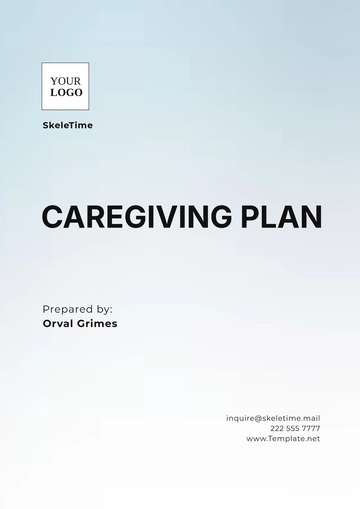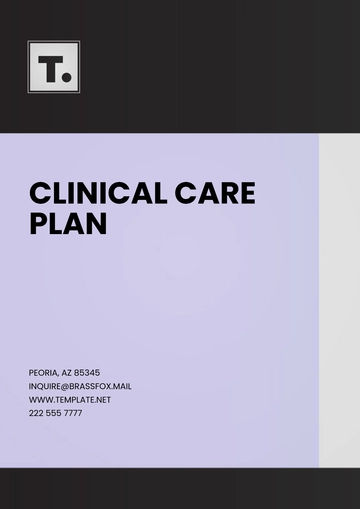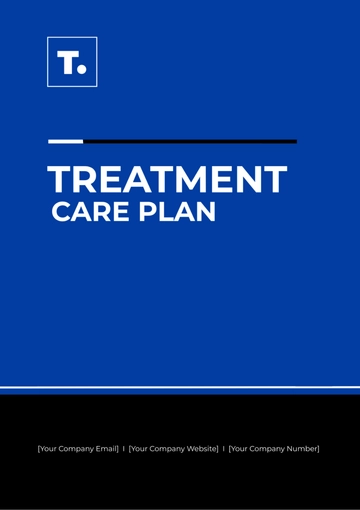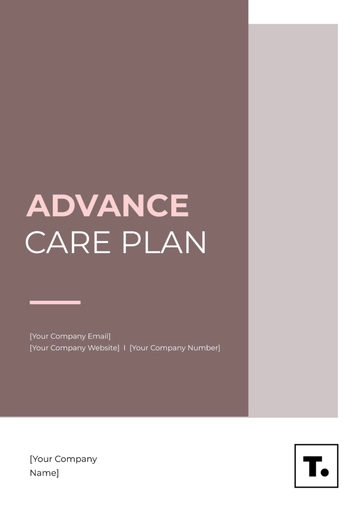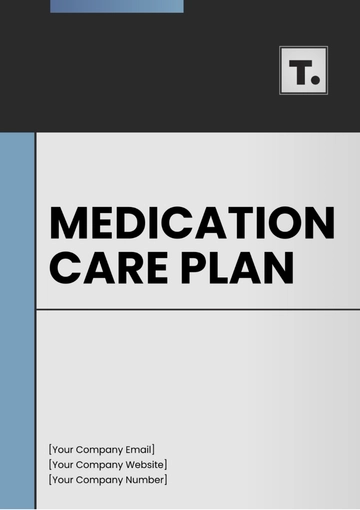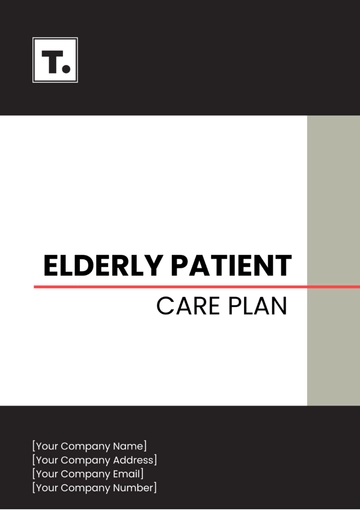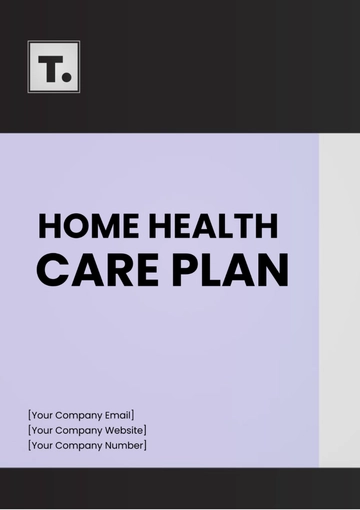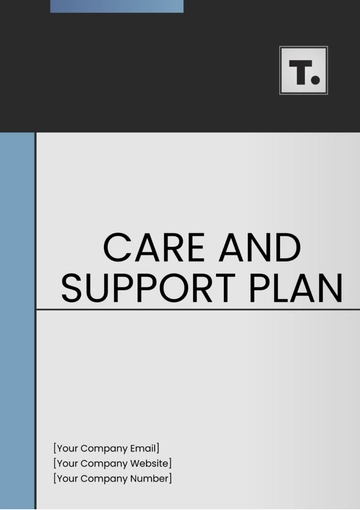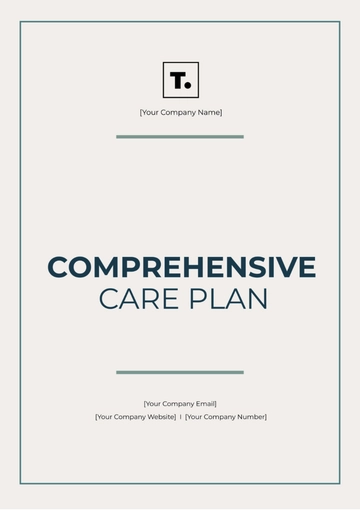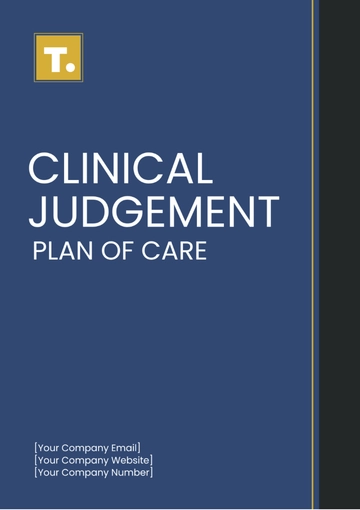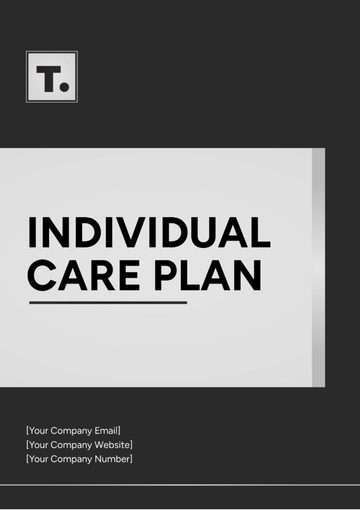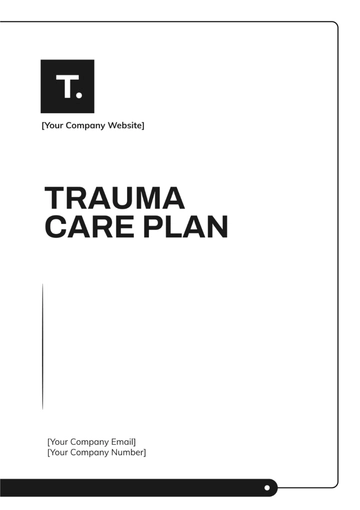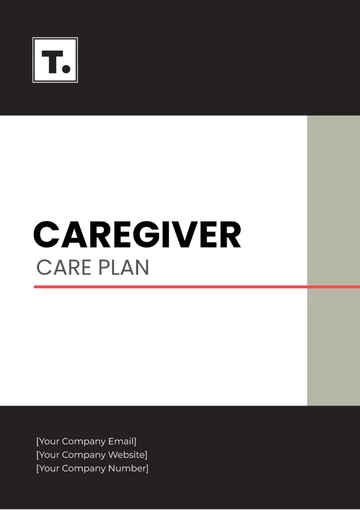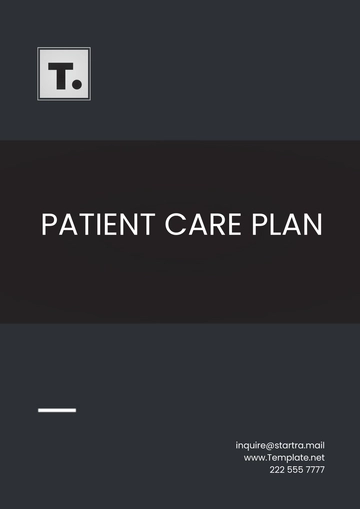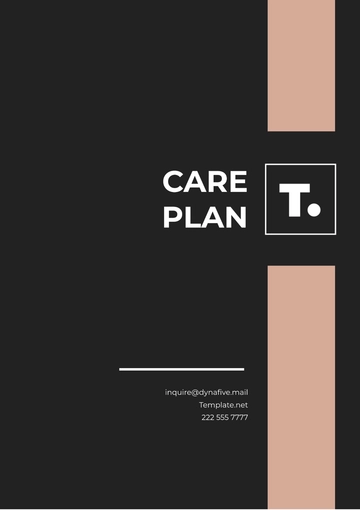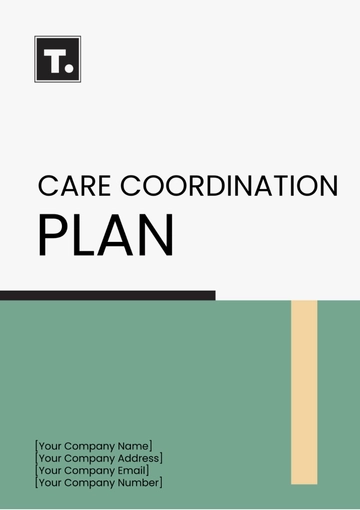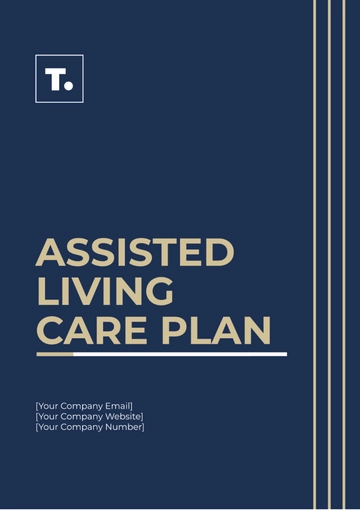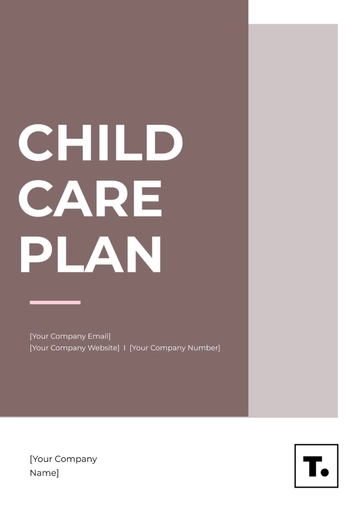Free Patient Care Plan
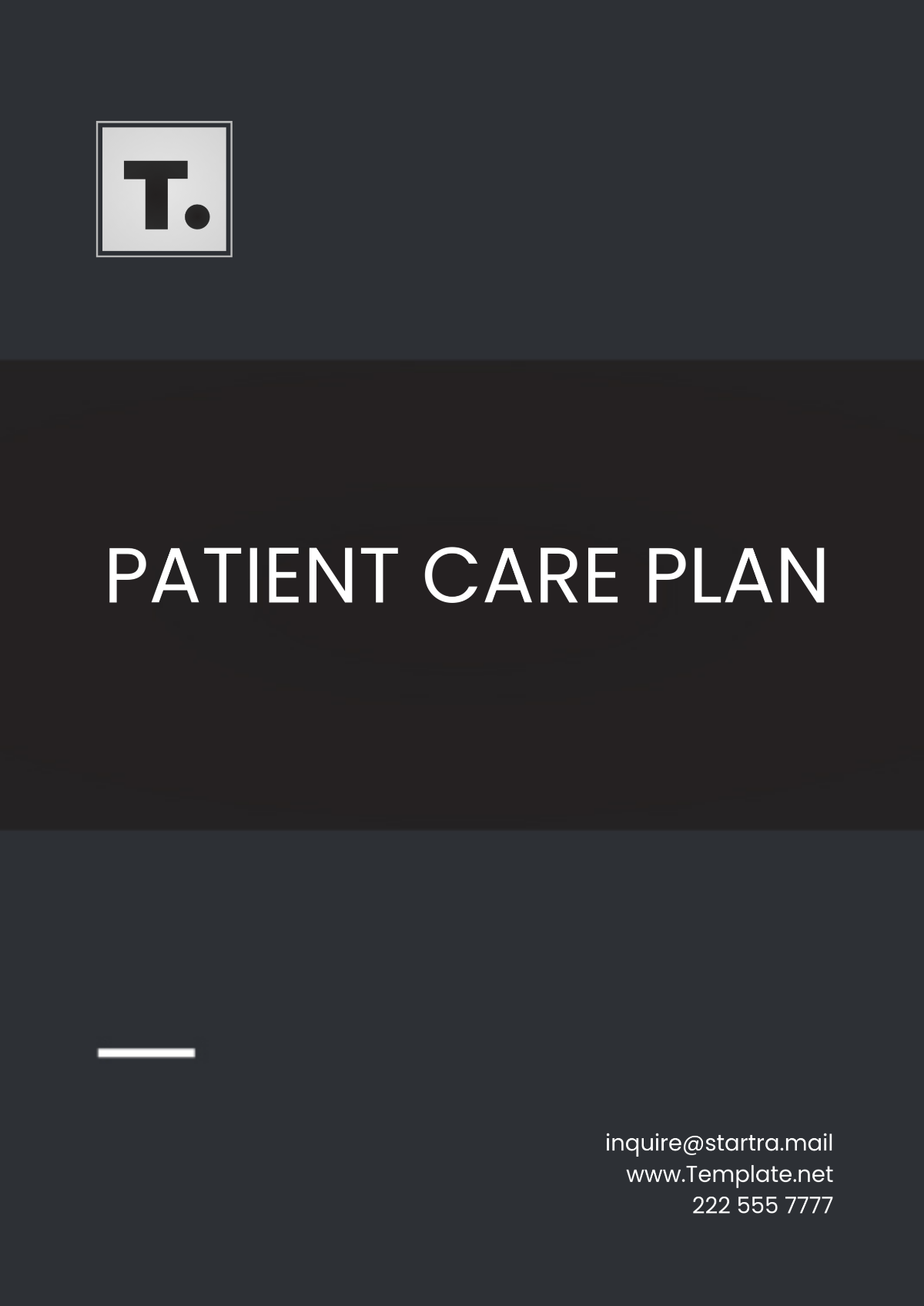
Prepared by: [Your Name]
Date: [Date]
I. Patient Information:
Name: [Patient's Name]
Age: [Patient's Age]
Gender: [Patient's Gender]
Medical Record Number: [MRN]
Diagnosis: Congestive Heart Failure (CHF)
Date of Admission: [Date]
Date of Discharge: [Date]
II. Assessment
History: History of congestive heart failure with recent exacerbation presenting with symptoms of dyspnea, orthopnea, paroxysmal nocturnal dyspnea, lower extremity edema, and fatigue.
Physical Examination: Findings consistent with congestive heart failure, including elevated jugular venous pressure, pulmonary crackles, and peripheral edema.
Diagnostic Tests: Confirming diagnosis of congestive heart failure, including echocardiography demonstrating reduced left ventricular ejection fraction (<40%).
III. Patient's Goals
Manage symptoms of congestive heart failure effectively.
Optimize medication adherence and understand their purpose.
Implement dietary changes to reduce fluid retention and support heart health.
Attend follow-up appointments with the cardiologist as scheduled.
IV. Care Plan
A. Medication Regimen
Medication | Dosage | Route | Frequency |
|---|---|---|---|
Furosemide (Lasix) | 40mg | Oral | Once daily (morning) |
Lisinopril | 10mg | Oral | Once daily |
Carvedilol | 6.25mg | Oral | Twice daily |
Potassium chloride | 20mEq | Oral | Once daily |
Nitroglycerin | As needed | Sublingual | PRN for chest pain |
B. Dietary Restrictions
Dietary Restriction | Details |
|---|---|
Sodium Intake | Limit to <2,000 mg/day. Avoid processed foods, canned soups, and high-sodium condiments. |
Fluid Restriction | Limit to 1.5 liters/day, including all beverages and foods with high water content. |
Balanced Diet | Emphasize fruits, vegetables, whole grains, lean proteins, and healthy fats. Encourage smaller, more frequent meals. |
C. Follow-up Appointments
Schedule a follow-up appointment with the cardiologist within one week of discharge to assess response to treatment and adjust medication regimen if necessary.
Subsequent follow-up appointments will be scheduled as needed based on the patient's condition and response to treatment.
V. Education and Counseling
Provide comprehensive education regarding CHF, including symptoms, medication management, and lifestyle modifications.
Review the purpose, dosage, and potential side effects of each prescribed medication.
Demonstrate proper techniques for monitoring weight, recognizing signs of fluid retention, and adhering to dietary restrictions.
Encourage the patient to keep a daily record of symptoms, medication intake, weight, and dietary intake to facilitate monitoring and adjustment of the care plan.
VI. Discharge Instructions
Instruct the patient to contact their healthcare provider immediately if they experience worsening symptoms, such as increased shortness of breath, persistent cough, swelling of the extremities, or chest pain.
Provide written instructions outlining the medication regimen, dietary restrictions, and follow-up appointments.
Ensure the patient has a supply of prescribed medications and understands how to refill prescriptions as needed.
Arrange for home healthcare services if necessary to assist with medication management, monitoring, and support.
VII. Caregiver Support
Educate and involve caregivers in the patient's care plan, including medication administration, dietary management, and monitoring for signs of worsening symptoms.
Provide resources and support for caregivers to alleviate stress and promote effective caregiving.
VII. Emergency Contacts:
Cardiologist's Office: [Phone Number]
Primary Care Physician: [Phone Number]
Emergency Services: 911
VIII. Follow-up Plan
Monitor patient adherence to medication regimen, dietary restrictions, and follow-up appointments during scheduled visits.
Assess patient's response to treatment and adjust care plan as needed to optimize management of CHF and prevent exacerbations.
Collaborate with other healthcare professionals as necessary to address any barriers to adherence and promote continuity of care.
- 100% Customizable, free editor
- Access 1 Million+ Templates, photo’s & graphics
- Download or share as a template
- Click and replace photos, graphics, text, backgrounds
- Resize, crop, AI write & more
- Access advanced editor
Discover the ultimate solution for streamlined patient care management with Template.net's Patient Care Plan Template. Crafted with precision, this editable and customizable template offers unparalleled flexibility. Seamlessly adapt to evolving patient needs with ease. Harness the power of our Ai Editor Tool to personalize every detail. Elevate your care strategies today with this indispensable resource.
You may also like
- Finance Plan
- Construction Plan
- Sales Plan
- Development Plan
- Career Plan
- Budget Plan
- HR Plan
- Education Plan
- Transition Plan
- Work Plan
- Training Plan
- Communication Plan
- Operation Plan
- Health And Safety Plan
- Strategy Plan
- Professional Development Plan
- Advertising Plan
- Risk Management Plan
- Restaurant Plan
- School Plan
- Nursing Home Patient Care Plan
- Nursing Care Plan
- Plan Event
- Startup Plan
- Social Media Plan
- Staffing Plan
- Annual Plan
- Content Plan
- Payment Plan
- Implementation Plan
- Hotel Plan
- Workout Plan
- Accounting Plan
- Campaign Plan
- Essay Plan
- 30 60 90 Day Plan
- Research Plan
- Recruitment Plan
- 90 Day Plan
- Quarterly Plan
- Emergency Plan
- 5 Year Plan
- Gym Plan
- Personal Plan
- IT and Software Plan
- Treatment Plan
- Real Estate Plan
- Law Firm Plan
- Healthcare Plan
- Improvement Plan
- Media Plan
- 5 Year Business Plan
- Learning Plan
- Marketing Campaign Plan
- Travel Agency Plan
- Cleaning Services Plan
- Interior Design Plan
- Performance Plan
- PR Plan
- Birth Plan
- Life Plan
- SEO Plan
- Disaster Recovery Plan
- Continuity Plan
- Launch Plan
- Legal Plan
- Behavior Plan
- Performance Improvement Plan
- Salon Plan
- Security Plan
- Security Management Plan
- Employee Development Plan
- Quality Plan
- Service Improvement Plan
- Growth Plan
- Incident Response Plan
- Basketball Plan
- Emergency Action Plan
- Product Launch Plan
- Spa Plan
- Employee Training Plan
- Data Analysis Plan
- Employee Action Plan
- Territory Plan
- Audit Plan
- Classroom Plan
- Activity Plan
- Parenting Plan
- Care Plan
- Project Execution Plan
- Exercise Plan
- Internship Plan
- Software Development Plan
- Continuous Improvement Plan
- Leave Plan
- 90 Day Sales Plan
- Advertising Agency Plan
- Employee Transition Plan
- Smart Action Plan
- Workplace Safety Plan
- Behavior Change Plan
- Contingency Plan
- Continuity of Operations Plan
- Health Plan
- Quality Control Plan
- Self Plan
- Sports Development Plan
- Change Management Plan
- Ecommerce Plan
- Personal Financial Plan
- Process Improvement Plan
- 30-60-90 Day Sales Plan
- Crisis Management Plan
- Engagement Plan
- Execution Plan
- Pandemic Plan
- Quality Assurance Plan
- Service Continuity Plan
- Agile Project Plan
- Fundraising Plan
- Job Transition Plan
- Asset Maintenance Plan
- Maintenance Plan
- Software Test Plan
- Staff Training and Development Plan
- 3 Year Plan
- Brand Activation Plan
- Release Plan
- Resource Plan
- Risk Mitigation Plan
- Teacher Plan
- 30 60 90 Day Plan for New Manager
- Food Safety Plan
- Food Truck Plan
- Hiring Plan
- Quality Management Plan
- Wellness Plan
- Behavior Intervention Plan
- Bonus Plan
- Investment Plan
- Maternity Leave Plan
- Pandemic Response Plan
- Succession Planning
- Coaching Plan
- Configuration Management Plan
- Remote Work Plan
- Self Care Plan
- Teaching Plan
- 100-Day Plan
- HACCP Plan
- Student Plan
- Sustainability Plan
- 30 60 90 Day Plan for Interview
- Access Plan
- Site Specific Safety Plan
